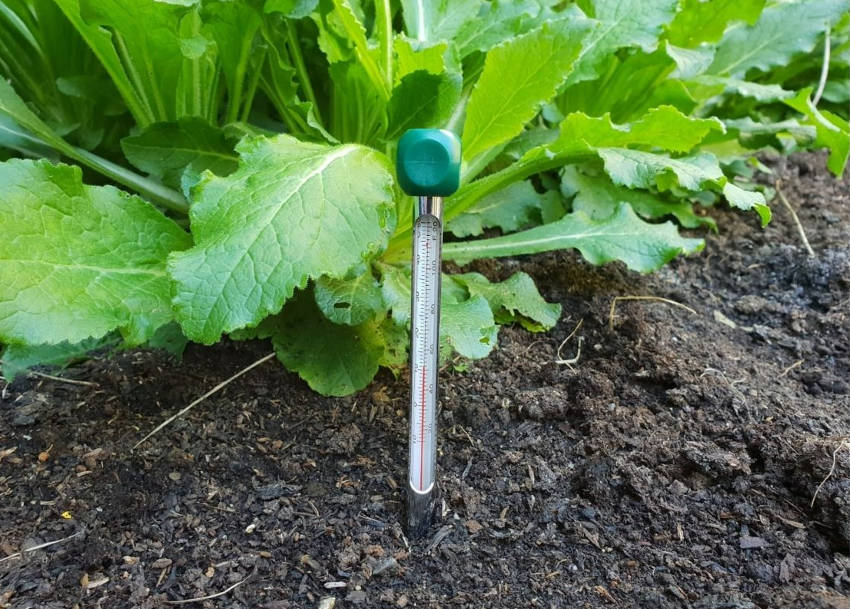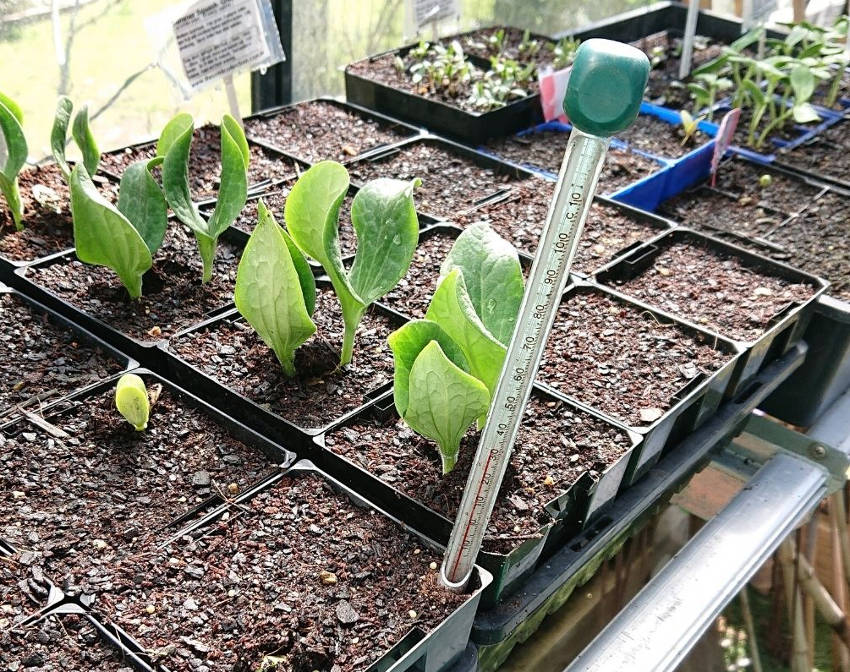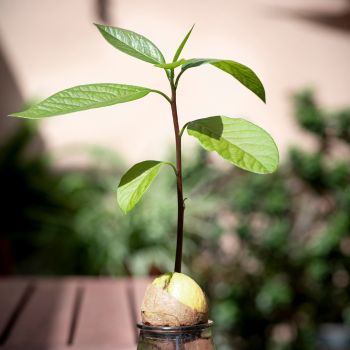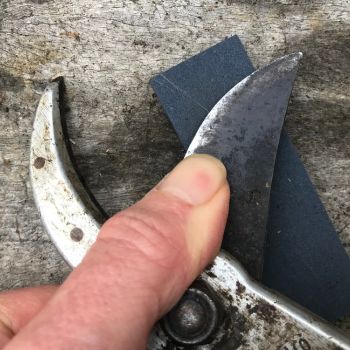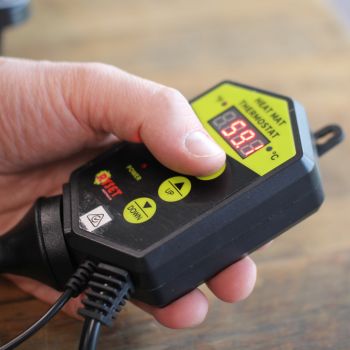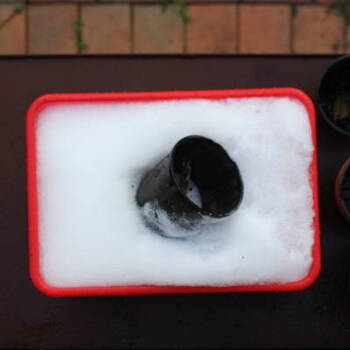All seeds have their preferred conditions for germination. Light levels, moisture, and temperature are all important, and while some seeds are fussier than others, if any one of these factors is outside a seed's ideal range, germination can easily fail.
When sowing seeds, the time of year is often used as shorthand for temperature. By planting seeds in late spring, for example, it's likely that the soil temperature will be higher than in early spring, and there's a better chance that the conditions will suit seeds which prefer gentle warmth over winter cold or summer heat.
While seasonal or month-based sowing works well as a starting point, it's not the most accurate way of doing things. A seed packet or sowing guide can give broad-brush timing recommendations for different climate zones across the country, but it can't account for the differences in weather from year to year or from location to location.
What's more, microclimates can vary hugely depending on local geography. A low-lying area with plenty of sun will have very different average temperatures to a higher one exposed to cool winds blowing down from altitude. And even within a single garden, different patches of soil can vary widely in temperature depending on sunlight levels, the heat-trapping properties of surrounding materials, and so on.
All this means that if you want to sow reliably at the right temperature, particularly for seeds with exacting tastes, then a more accurate method is needed. Luckily, using a soil thermometer to check soil temperature before sowing is a simple, but effective, way of helping to ensure germination success.
Why Is a Soil Thermometer Useful?
Instead of relying on a combination of seasonal sowing guides, experience, and guesswork, a soil thermometer lets you sow into earth you're 100 percent sure is within the right temperature range for that particular seed.
Why Not Use an Ordinary Thermometer?
A soil thermometer may look like a long, thin, medical-style thermometer, or it may be a larger dial attached to a metal sensor, similar to a meat thermometer.
But whatever the design of the particular model, the key point is that it'll be ruggedly manufactured for outdoor use, and the temperature scale will be calibrated for accurate readings within the range seeds are generally sown.
How to Use a Soil Thermometer to Test Temperature
- At least a full day before taking your first measurements, get your sowing area ready for the seeds, including adding mulch or making any other preparations which are necessary. The closer to actual sowing conditions, the better.
- Choose several spots to test within each patch, so that you're covering any areas of varying sunlight or shade.
- In the morning, use a screwdriver to make a hole of around 5cm depth at each of your chosen testing points. This will help protect the thermometer from hidden stones or other potentially damaging objects.
- Insert the thermometer into each hole, going at least as deep as the seed's sowing depth, or a little deeper. Soil temperature is more variable nearer the surface, so testing at around 3-4cm will tend to give a steadier result.
- Leave for three minutes to allow the reading to settle, or follow the instructions supplied with the thermometer.
- Make a note of the location, time, and temperature for each reading.
- Repeat the tests in the same positions in the late afternoon or evening.
- Add the morning and evening results together and divide by two to give an average temperature for each testing spot.
These eight steps will provide a basic measurement of the soil temperature for that day. However, taking measurements over several days and averaging the results will give a more accurate picture.
Averaging several days' results is especially important early in the growing season, when the soil temperature can be slower to react to changing air temperatures.
Sowing seeds can be one of the more unpredictable activities for a gardener, especially when first starting out. There's plenty that can go wrong, and with slower-germinating seeds you may be waiting weeks before discovering that you'll need to start over because conditions weren't quite right.
A soil thermometer takes the temperature risk out of the equation, making it much easier to give your seedlings a reliably good start in life.
